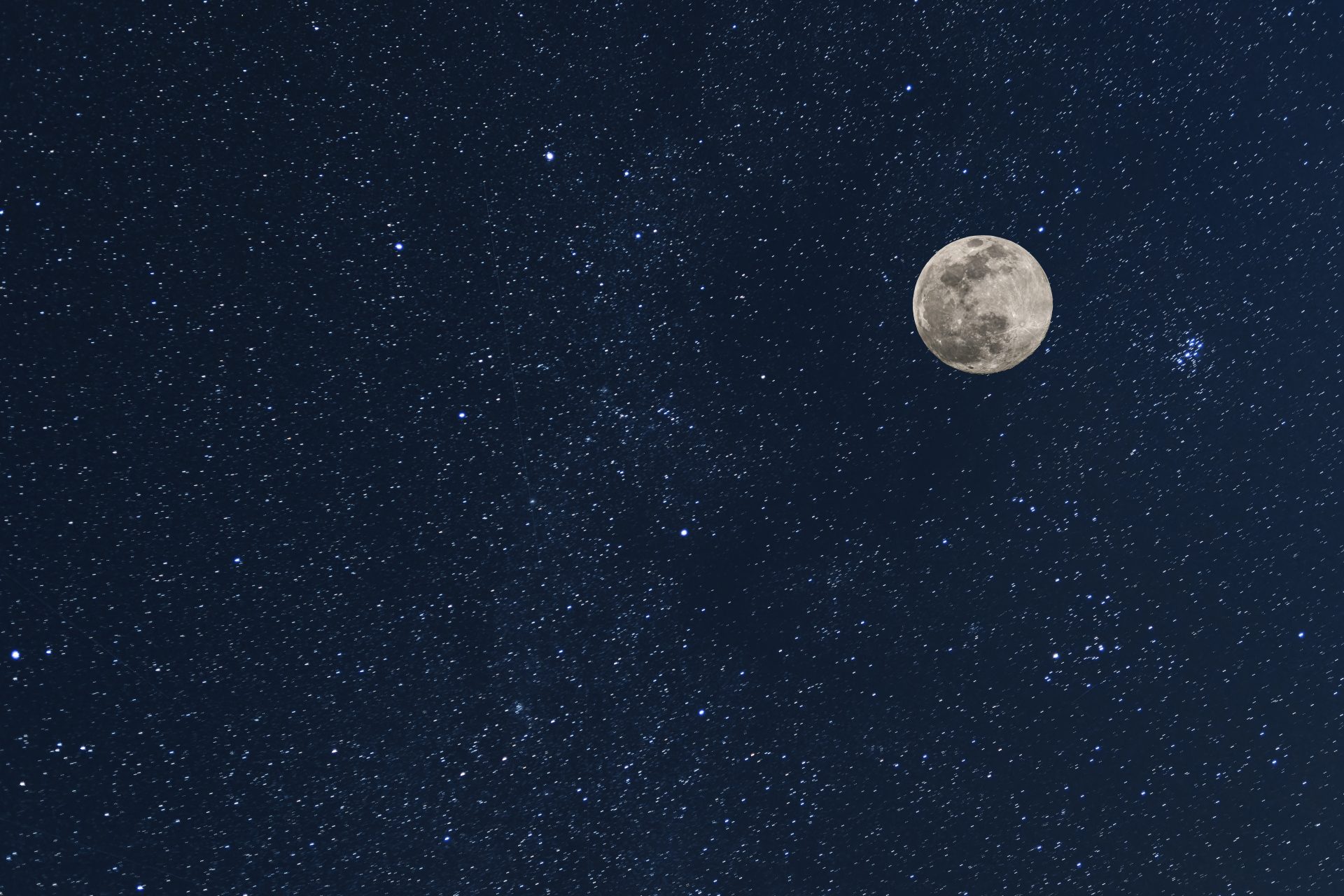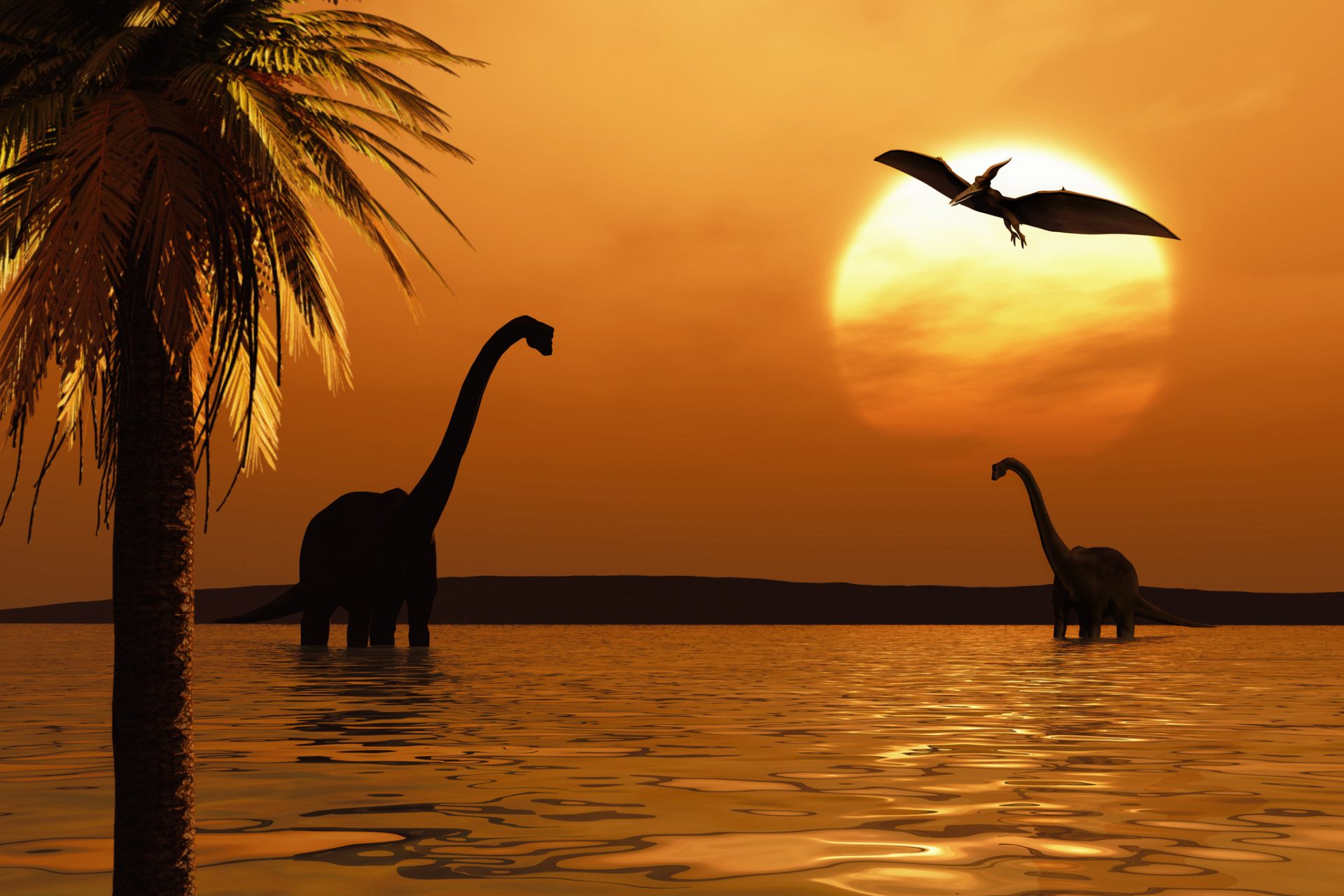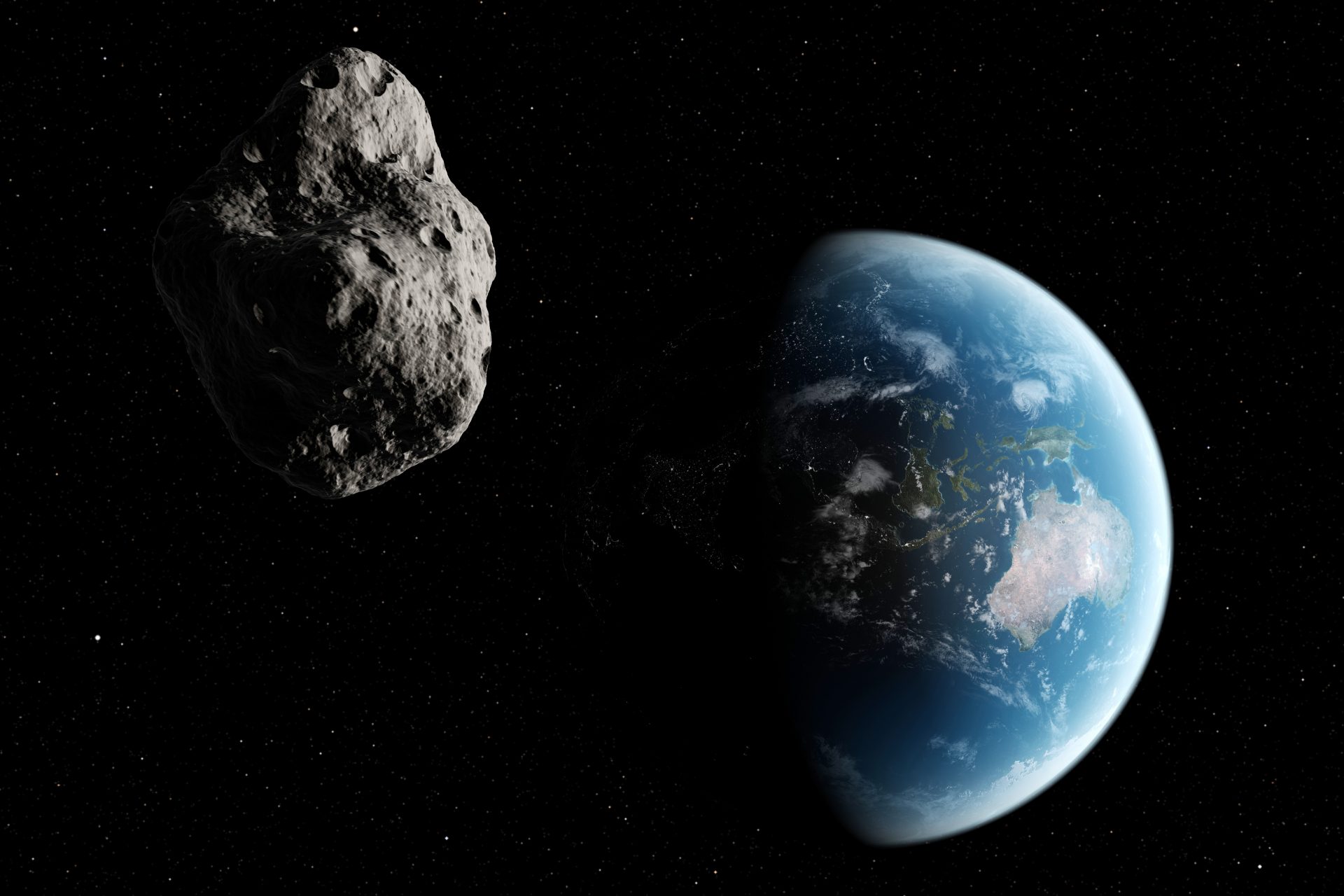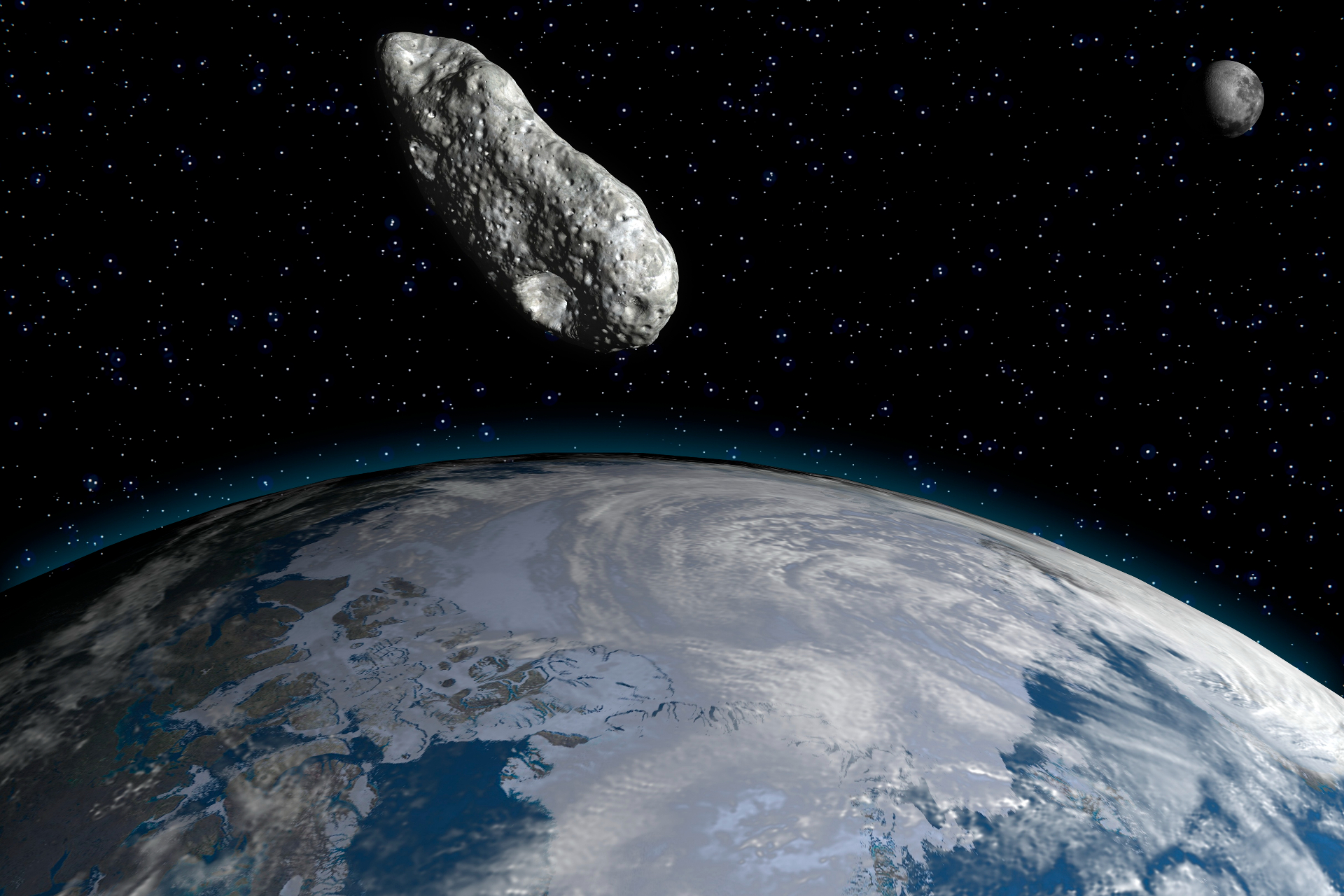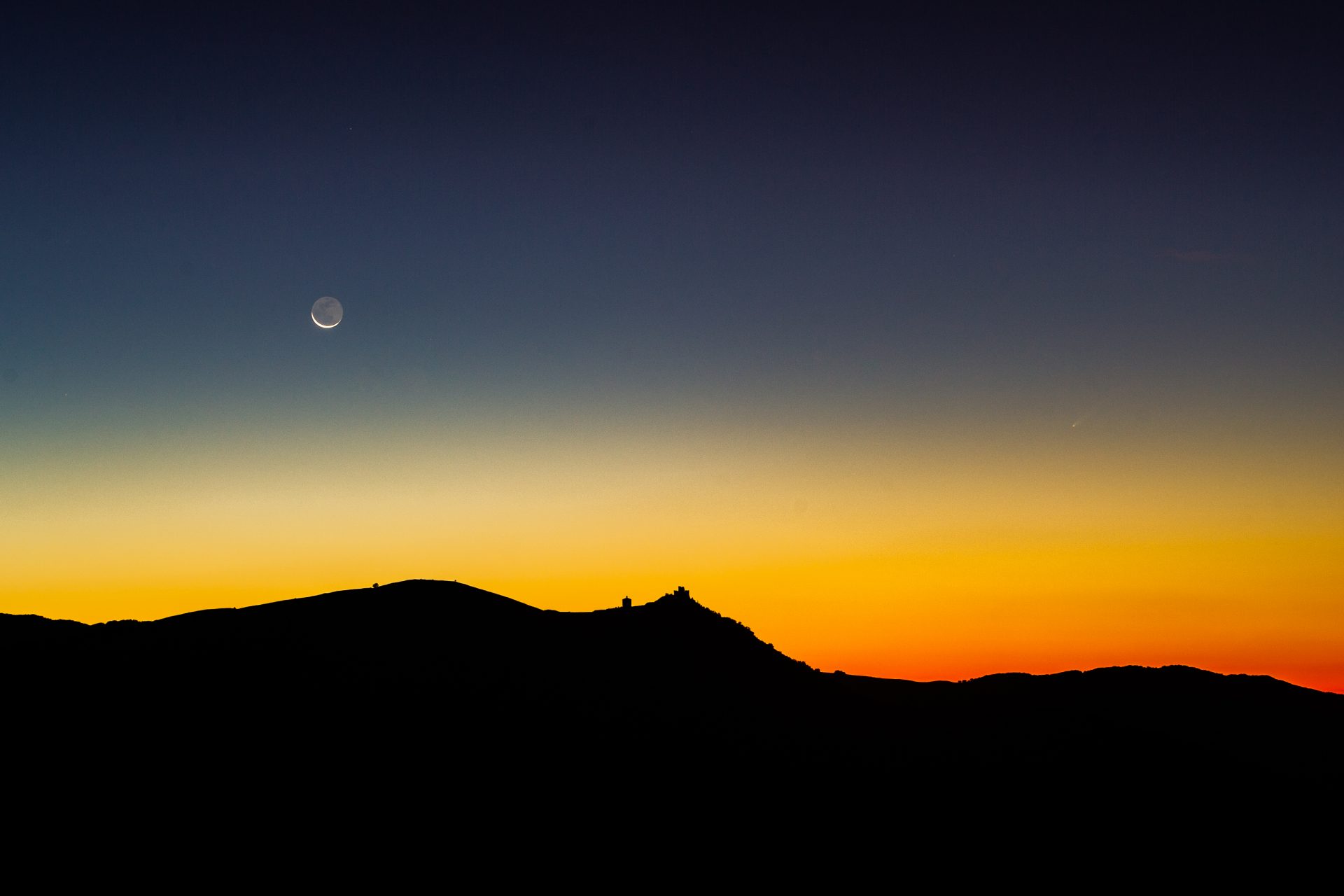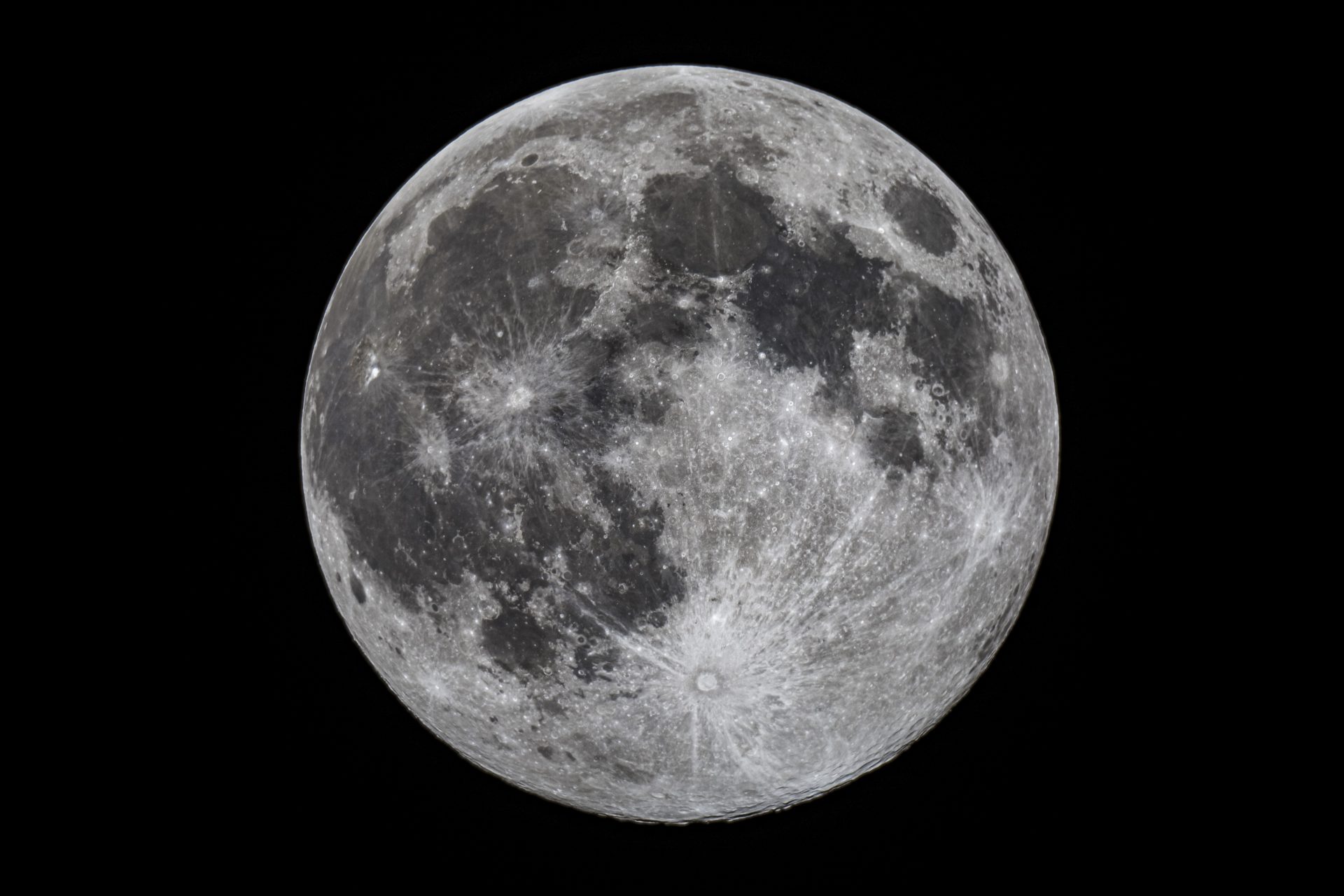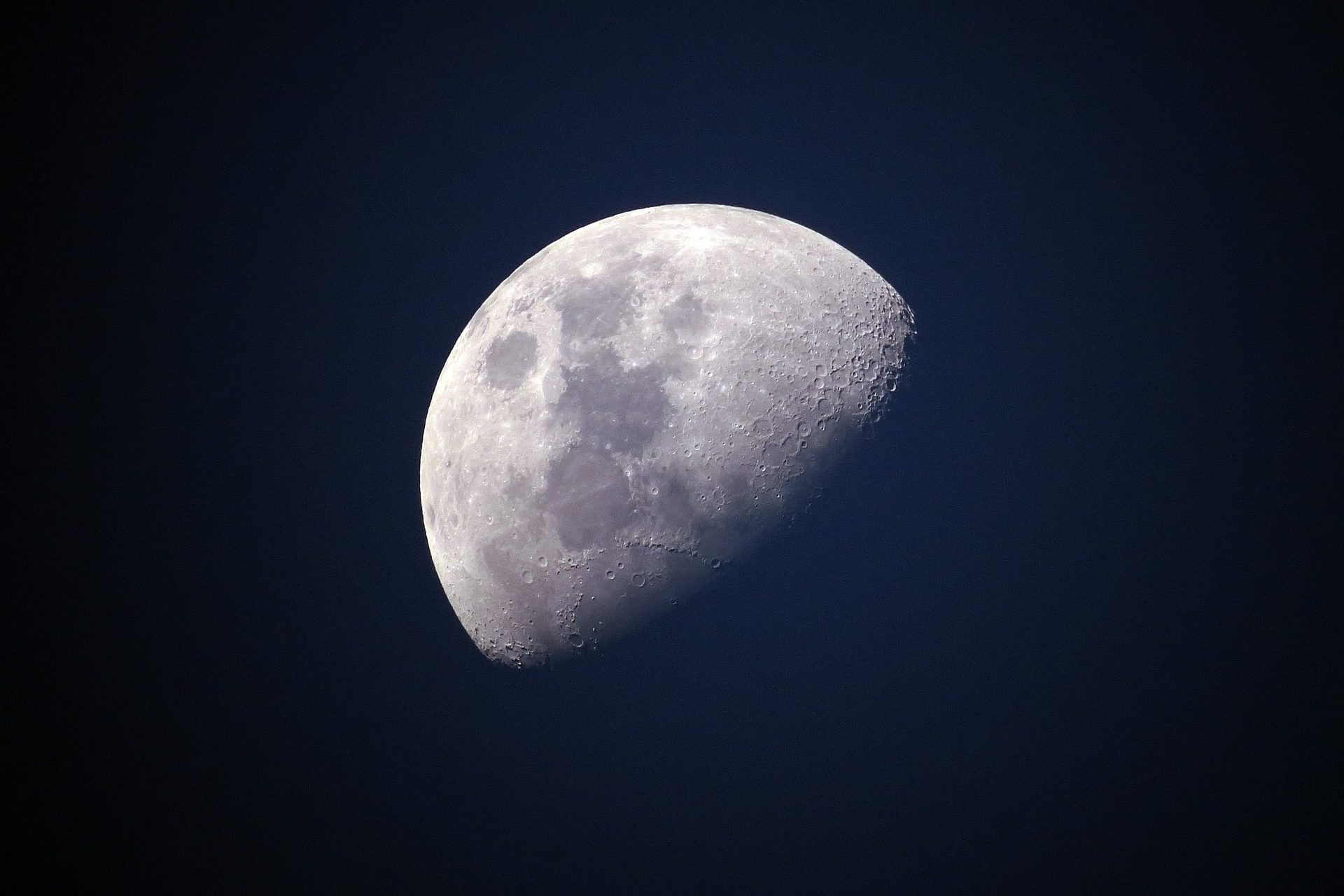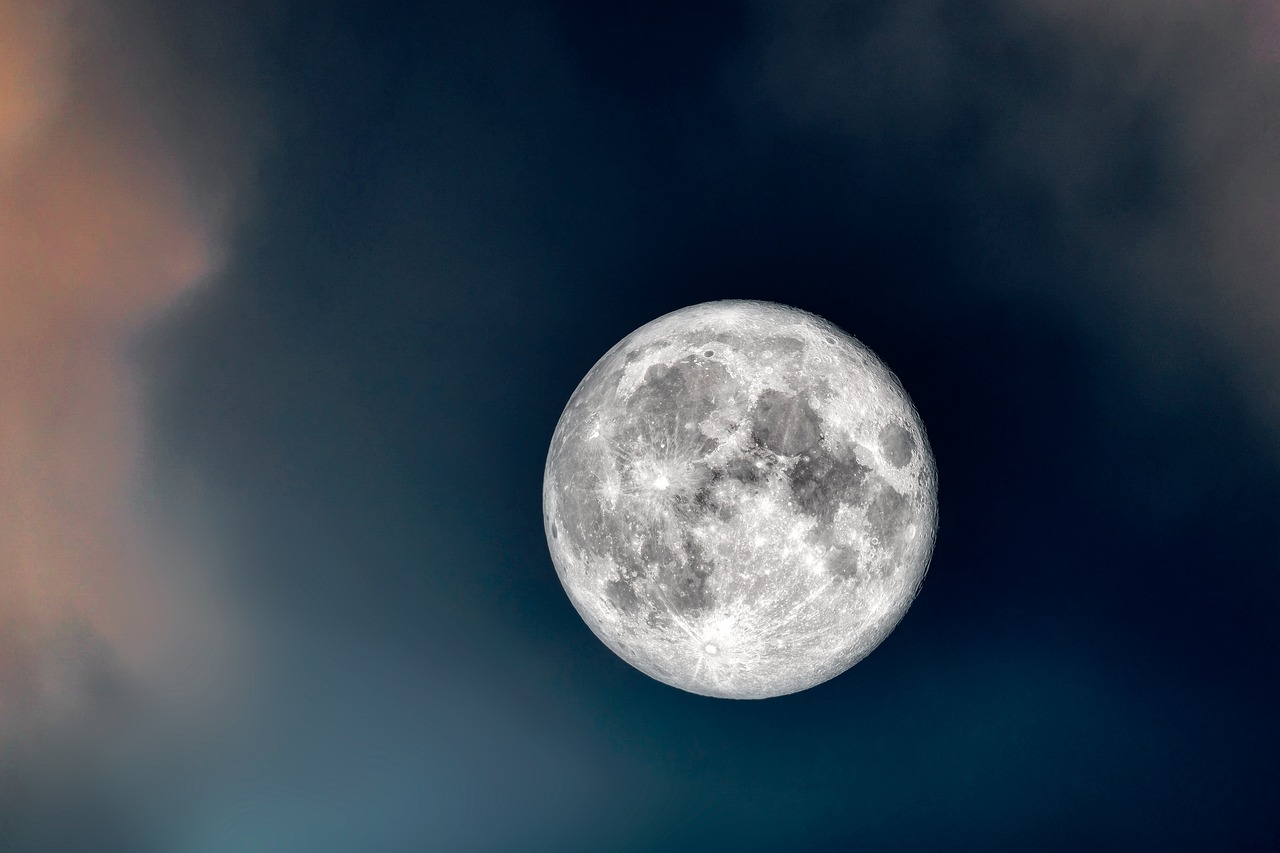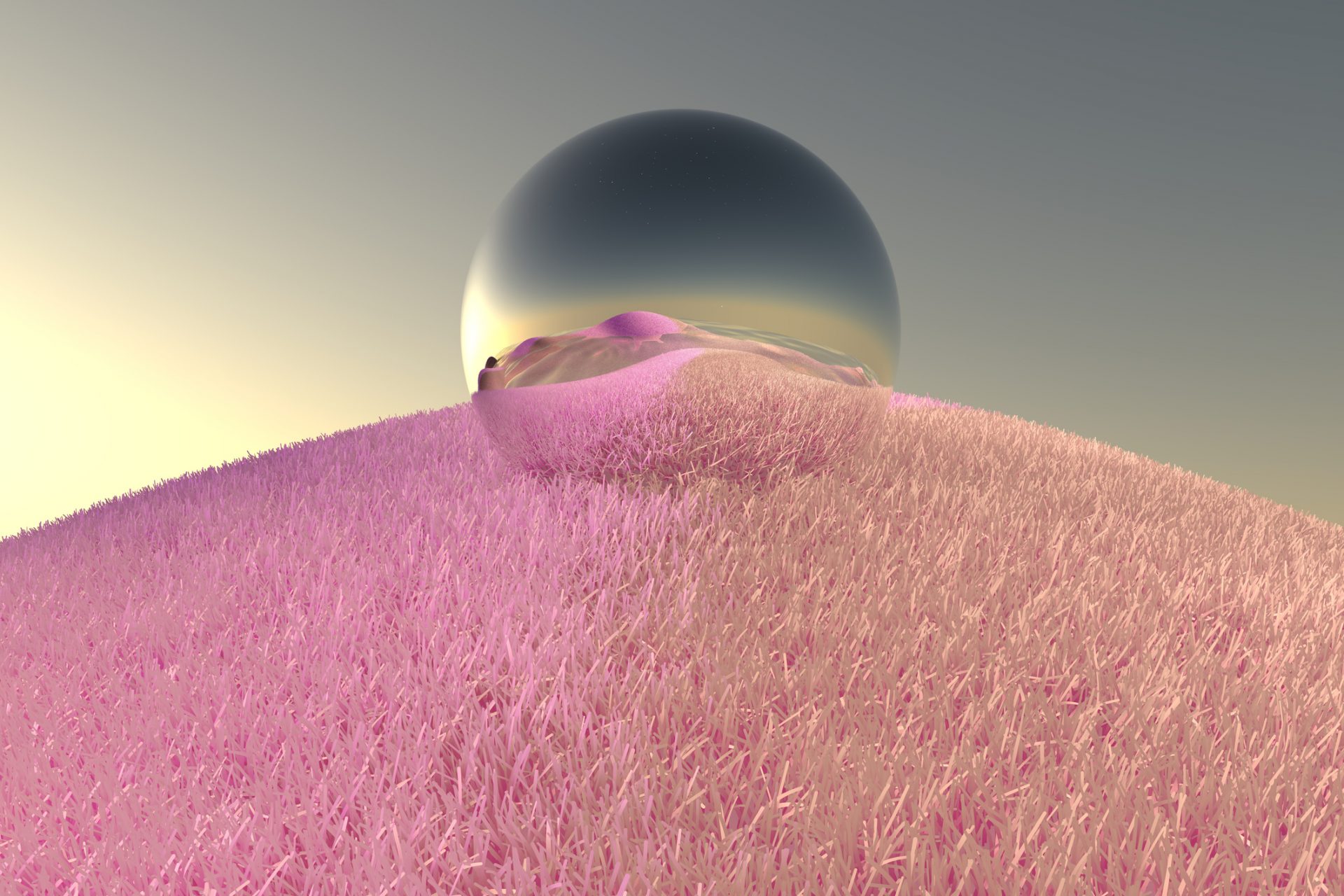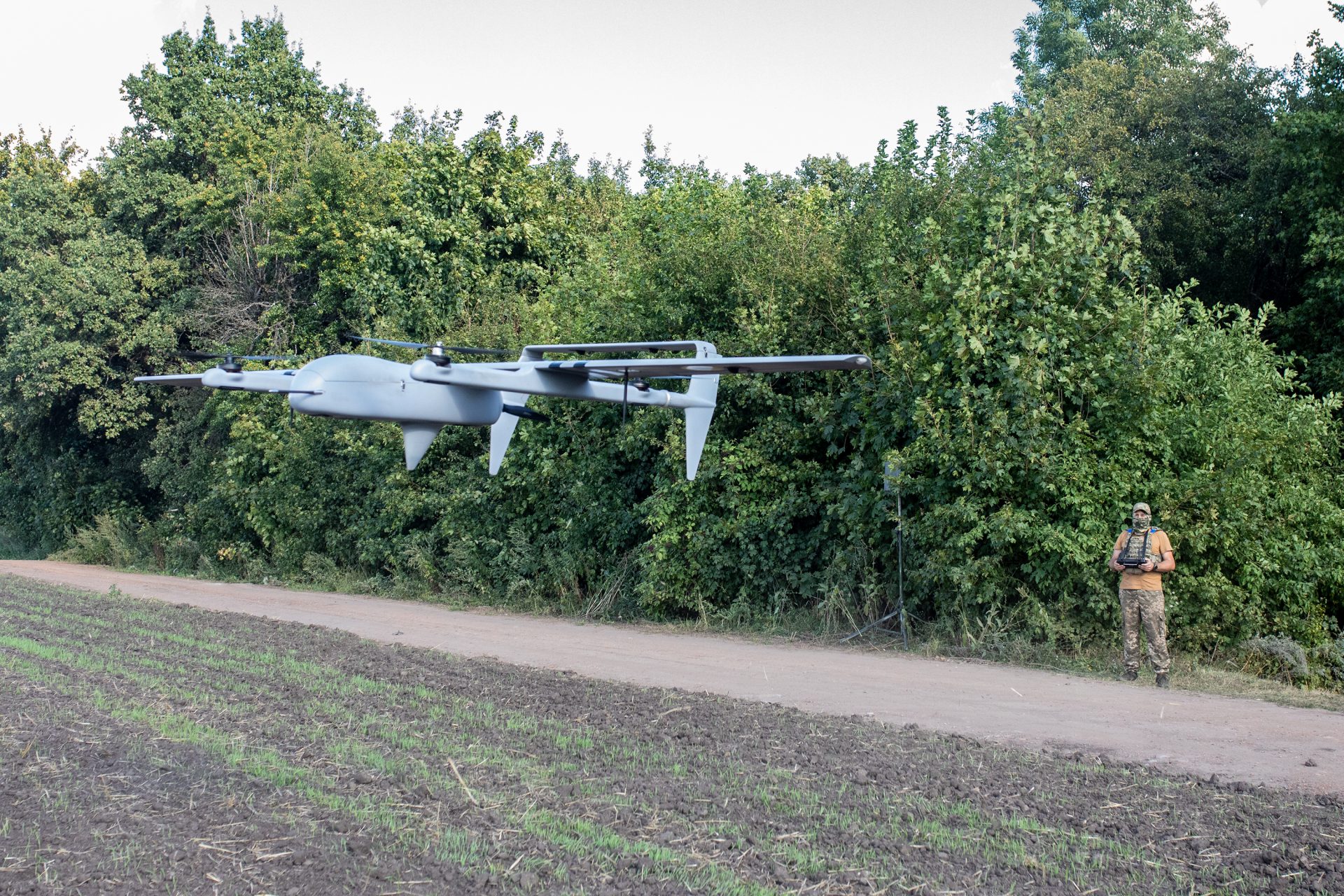Two moons for a short time: Visitors from space orbit our Earth
It has been here since September 29th: the second moon orbiting our Earth. It is an asteroid called "2024 PT5" and will accompany our large moon until November.
Normally, asteroids don't come that close to Earth - fortunately! Because an asteroid impact cost the dinosaurs their existence...
Asteroid 2024 PT5 is not such a dangerous fellow. Instead, it accompanies our large moon in its movements around the Earth.
The Earth is currently holding it close to it through gravity. On November 25, it will leave Earth's orbit again and return to the sun's orbit.
The asteroid is only about ten meters in size - so it cannot be seen with the naked eye. However, astronomers at the Thuringian State Observatory have already been able to take photos with their 2-meter universal mirror telescope.
Even in a telescope, however, the asteroid is usually only seen as a large gray spot or small white dot.
After initial investigations, scientists also suspect that the asteroid was part of our moon. However, this still needs to be investigated further.
Until November, the asteroid will orbit us at a distance of about 1.8 million kilometers - making it almost five times as far away from us as our large moon.
When asteroid 2024 PT5 then moves into the Arjuna asteroid belt, which according to the MDR lies around the orbit of the Earth-Moon system, we will have to wait 31 years until the small rock comes to visit us again.
According to the Southwest German Broadcasting Corporation (SWR), this is the fifth "mini-moon event" since 1991. However, much smaller asteroids are probably constantly orbiting the Earth.
More for you
Top Stories



